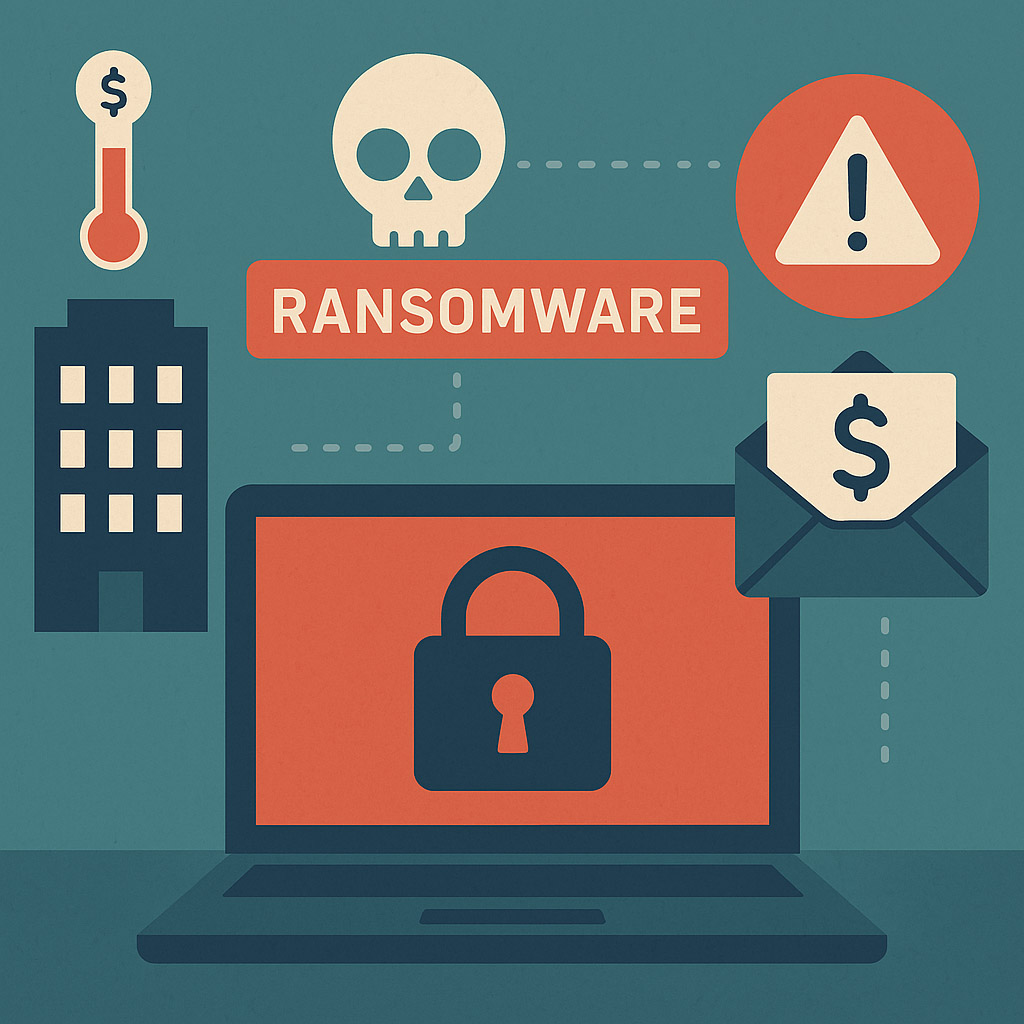
Legal Distinctions Between Employees and Independent Contractors
You’re in the middle of a major fundraising campaign. Suddenly, your team can’t access donor files, financial data, or internal communications. Everything is locked. A ransomware message appears demanding payment—and threatening to release sensitive data if you don’t comply.
This isn’t a hypothetical scenario. Ransomware attacks are on the rise, and nonprofits are increasingly becoming targets. These incidents don’t just disrupt operations—they expose your organization to major legal, financial, and reputational risks.
Ransomware Is a Legal and Operational Threat
Ransomware is a type of malicious software that encrypts an organization’s data and holds it hostage until a ransom is paid. And even then, there’s no guarantee you’ll regain access. According to The State of Ransomware 2023 by Sophos, nearly two-thirds of organizations were hit by ransomware last year. Nonprofits are no exception—and often lack the robust cybersecurity defenses of larger corporations.
This isn’t just an IT problem. The aftermath of an attack brings legal complexities, urgent compliance requirements, and the very real threat of lasting damage to your reputation.
What Nonprofit Leaders Need to Know
Here are key areas where your organization could be vulnerable—and how to prepare:
- Legal Risks and Sanctions
If you decide to pay a ransom, you may inadvertently violate U.S. sanctions regulations. The Department of the Treasury’s Office of Foreign Assets Control (OFAC) prohibits transactions with certain entities. Legal guidance is essential before any payment is made. - Incident Response Plans
Your organization needs a tested, well-documented incident response plan. This should include coordination with cyber forensics teams, insurers, and legal counsel. Tabletop exercises can help ensure staff know how to respond in a real crisis. - Data Breach Notification Laws
Every state has its own rules—many requiring you to notify affected individuals within 30 days of discovering a breach. Noncompliance can lead to steep fines and increased scrutiny from donors and regulators. - Contractual and Legal Liability
A ransomware attack can trigger contract breaches, data protection claims, and even class-action lawsuits. Your team must be prepared to address these legal obligations quickly and effectively.
How to Prepare and Protect Your Nonprofit
To stay ahead of ransomware threats:
- Review your cybersecurity posture: Regular audits, staff training, and technology upgrades are critical.
- Establish or update your incident response plan: Don’t wait for an attack to figure out your response.
- Monitor regulatory updates: New rules from the SEC and FTC in 2023 introduced stricter requirements for data breach disclosures.
- Work with experts: Don’t assume your nonprofit is too small to be targeted—or to need legal support.
At Our Community Law, we specialize in affordable legal services for nonprofits, including guidance on cybersecurity, data privacy, and compliance. We’re here to help you prepare for the unexpected—and recover quickly if the worst happens.
Need help navigating cybersecurity risks or building a compliance plan? Contact us today for legal support that fits your nonprofit’s needs and budget.